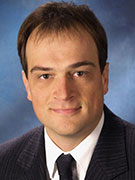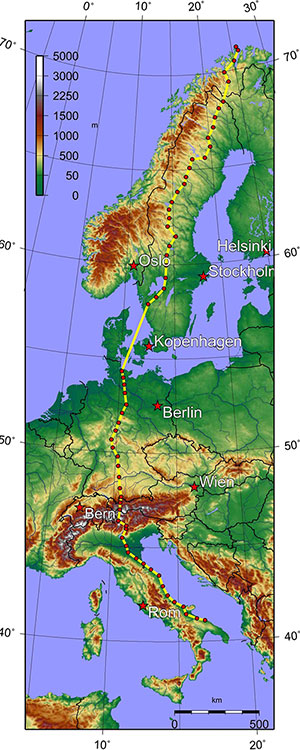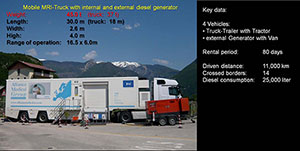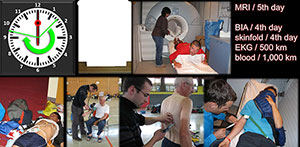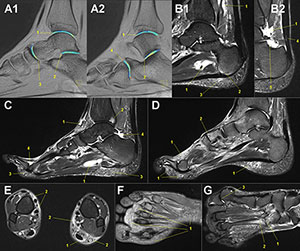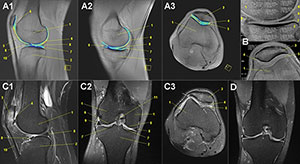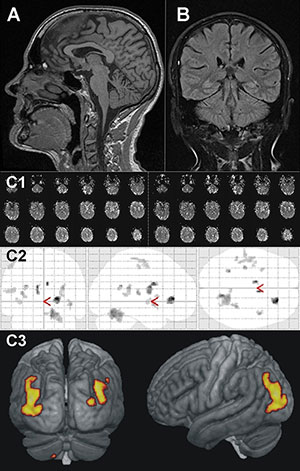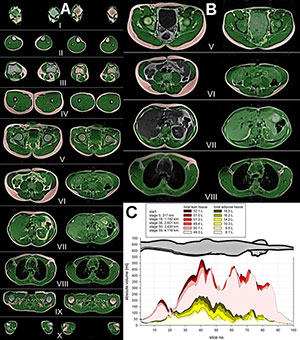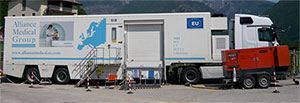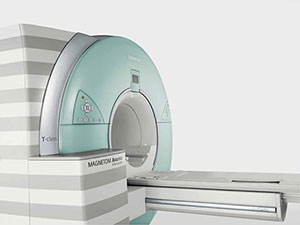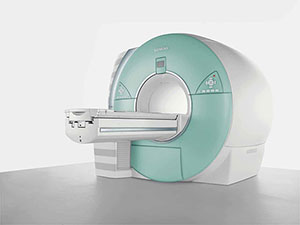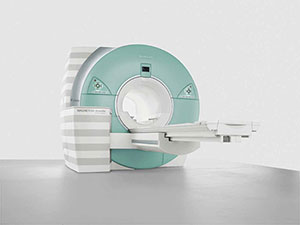Imaging Identifies Cartilage Regeneration in Long-Distance Runners
Released: November 30, 2015
At A Glance
- Researchers used a mobile MRI scanner to study the effects of ultra-endurance running over a 64-day period.
- The results showed that ankle and foot cartilage have the ability to regenerate even under ongoing stress.
- MRI also revealed 6.1% loss of gray matter brain volume in the runners over the course of the race.
- RSNA Media Relations
1-630-590-7762
media@rsna.org - Maureen Morley
1-630-590-7754
mmorley@rsna.org - Linda Brooks
1-630-590-7738
lbrooks@rsna.org
CHICAGO — Using a mobile MRI truck, researchers followed runners for 4,500 kilometers through Europe to study the physical limits and adaptation of athletes over a 64-day period, according to a study presented today at the annual meeting of the Radiological Society of North America (RSNA).
"The fact that ultra-distance running places stress on the body has been well documented," said Uwe Schütz, M.D., a radiologist and specialist in orthopedics and trauma surgery in the Department of Diagnostic and Interventional Radiology at the University Hospital of Ulm in Germany. "Our research provides detailed information on how the various organ systems change and adapt in response to that stress."
The Trans Europe Foot Race (TEFR) took place from April 19 to June 21, 2009. It entailed running 4,487 km starting in southern Italy and ending in the North Cape in Norway without any day of rest. Forty-four of the runners (66 percent) agreed to participate in the study.
The research team's most important tool was a 1.5 Tesla MRI scanner mounted on a mobile unit, the only one of its kind in Europe at that time. Each participant was scanned every three to four days, resulting in 15 to 17 MRI exams over the course of the race. The runners were also randomly assigned to additional examinations, and protocols were created for daily urine, blood and other tests.
The results showed that with exception to the patellar joint, nearly all cartilage segments of knee, ankle and hind-foot joints showed a significant degradation within the first 1,500 to 2,500 kilometers of the race.
"Interestingly, further testing indicated that ankle and foot cartilage have the ability to regenerate under ongoing endurance running," Dr. Schütz said. "The ability of cartilage to recover in the presence of loading impact has not been previously shown in humans. In general, we found no distance limit in running for the human joint cartilage in the lower extremities."
MRI investigations of the soft tissues and bones of the ultra-runners' feet showed a significant increase of the diameter of the Achilles tendon. "We found no relevant damage to bone or soft tissues in the 44 runners," Dr. Schütz said. "The human foot is made for running."
The researchers also looked at how ultramarathon running affects brain volume. Baseline comparison of TEFR participants and controls revealed no significant differences in gray matter volume. At the end of the race, MRI of the brain revealed about a 6.1 percent loss of gray matter volume in the runners. After eight months, gray matter volume had returned to normal levels.
Although the finding on gray matter volume loss while running is astonishing, Dr. Schütz said, it is not cause for alarm.
"Despite substantial changes to brain composition during the catabolic stress of an ultramarathon, we found the differences to be reversible and adaptive," he said. "There is no lasting brain injury in trained athletes participating in ultra-running."
Co-authors on the study are Christian Billich, M.D., Jutta Ellermann, M.D., Ph.D., Martin Ehrhardt, M.D., Daniel Schoss, M.D., Martin Brix, M.D., Siegfried Trattnig, M.D., Ph.D., Sabine Goed, M.D., Antje Reiner, M.D., and Meinrad J. Beer, M.D., Ph.D.
Note: Copies of RSNA 2015 news releases and electronic images will be available online at RSNA.org/press15 beginning Monday, Nov. 30.
RSNA is an association of more than 54,000 radiologists, radiation oncologists, medical physicists and related scientists, promoting excellence in patient care and health care delivery through education, research and technologic innovation. The Society is based in Oak Brook, Ill. (RSNA.org)
Editor's note: The data in these releases may differ from those in the published abstract and those actually presented at the meeting, as researchers continue to update their data right up until the meeting. To ensure you are using the most up-to-date information, please call the RSNA Newsroom at 1-312-791-6610.
For patient-friendly information on MRI, visit RadiologyInfo.org.
Images (.JPG and .TIF format)
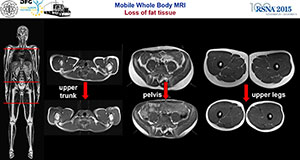
Figure 8. Sample of MRI images of the fat reduction in participants.
High-res (TIF) version
(Right-click and Save As)
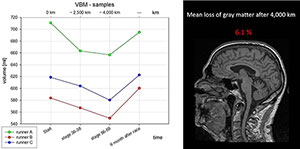
Figure 9. MRI showing gray matter reduction in participant during the race.
High-res (TIF) version
(Right-click and Save As)
Videos clips (.mp4 format)
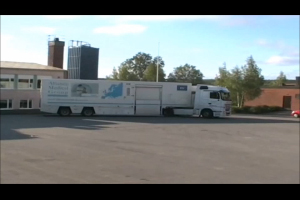
Video 1. Video footage of the mobile unit moving to the next point along the course.
Download.mp4
(Right-click and Save As)
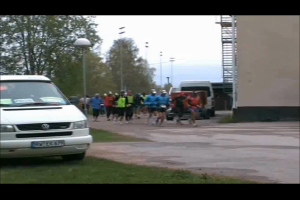
Video 2. Video footage of a typical daily start along the course.
Download.mp4
(Right-click and Save As)
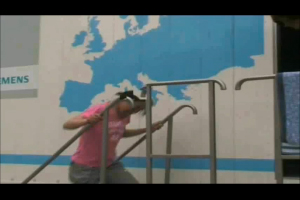
Video 3. Video footage of participant receiving daily MRI exam during the race.
Download.mp4
(Right-click and Save As)
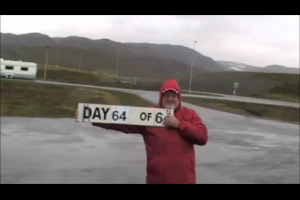
Video 4. Video footage of the last day of the Trans Europe Foot Race with runners crossing the finish line.
Download.mp4
(Right-click and Save As)
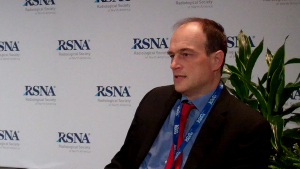
Video 5. Dr. Uwe Schütz discusses his study on long-distance runners in the Trans-European Foot Race.
Download.mp4
(Right-click and Save As)
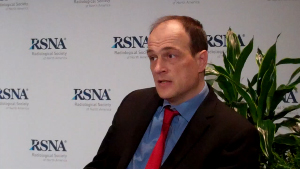
Video 6. Dr. Uwe Schütz discusses his study on long-distance runners in the Trans-European Foot Race.
Download.mp4
(Right-click and Save As)
